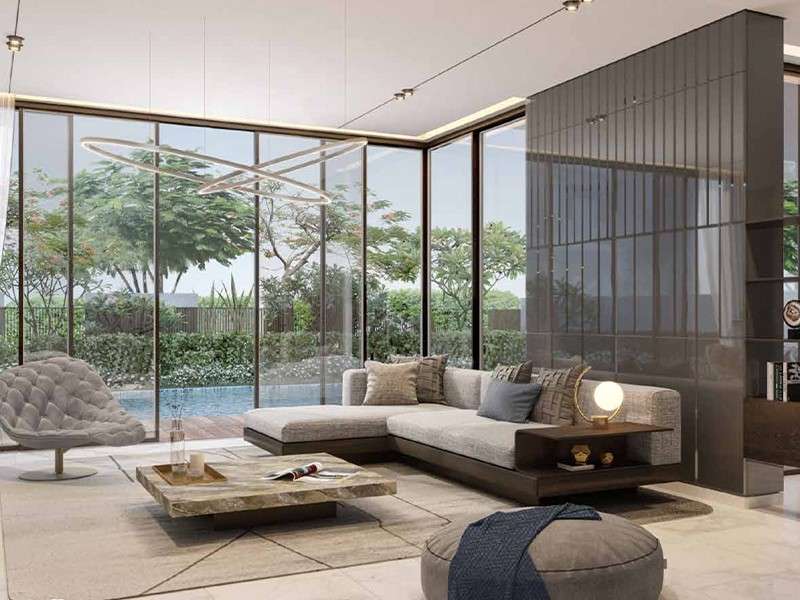Home design encompasses the art and science of enhancing the interior and exterior of a living space to create a functional, aesthetically pleasing environment tailored to the needs and preferences of the inhabitants. It involves various elements, including architectural layout, interior decor, colour schemes, furniture placement, lighting, and landscaping. Home design can range from simple renovations to complete overhauls, to improve the comfort, functionality, and visual appeal of a home.
Key Aspects of Home Design
1. Architectural Layout
- Floor Plans: The arrangement of rooms and spaces within a home, ensuring efficient flow and functionality.
- Structural Elements: Consideration of walls, doors, windows, and overall architectural features.
2. Interior Design
- Colour Schemes: Choosing appropriate colours for walls, furniture, and decor to create a harmonious environment.
- Furniture: Selecting and arranging furniture to optimize space, comfort, and aesthetics.
- Decor: Incorporating elements such as art, textiles, and accessories to enhance the visual appeal.
- Lighting: Designing lighting plans to ensure proper illumination and mood setting for different areas.

3. Exterior Design
- Façade: The design and appearance of the home’s exterior, including materials, colours, and architectural details.
- Landscaping: Planning and designing outdoor spaces, including gardens, patios, walkways, and driveways.
4. Functional Design
- Space Utilization: Maximizing the use of space to meet the needs of the inhabitants, whether it’s for living, working, or recreation.
- Ergonomics: Ensuring that furniture and spaces are designed for comfort and efficiency.
- Storage Solutions: Integrating built-in and flexible storage options to keep the home organized.
5. Sustainable Design
- Eco-Friendly Materials: Using sustainable and environmentally friendly materials in construction and decor.
- Energy Efficiency: Implementing design elements that reduce energy consumption, such as insulation, windows, and HVAC systems.
Importance of Home Design
- Aesthetic Appeal: A well-designed home enhances the beauty and uniqueness of the living space, reflecting the homeowner’s personal style.
- Functionality: Effective home design ensures that each area of the home is used efficiently and serves its intended purpose.
- Comfort: Thoughtful design choices contribute to the overall comfort and livability of the home.
- Value: Good home design can significantly increase the market value of a property.
- Well-being: A harmonious and well-organized living environment can positively impact the mental and physical well-being of its occupants.
Trends in Home Design
- Open Floor Plans: Creating spacious, interconnected living areas by minimizing the use of walls.
- Minimalism: Emphasizing simplicity, clean lines, and clutter-free spaces.
- Smart Homes: Integrating technology for enhanced convenience, security, and energy efficiency.
- Sustainable Design: Focusing on eco-friendly materials, energy efficiency, and sustainable practices.
- Personalization: Customizing design elements to reflect the homeowner’s personality and lifestyle.
Home design is a dynamic field that continuously evolves with changing trends, technologies, and lifestyle needs. Whether undertaking a major renovation or simply redecorating a room, thoughtful home design can transform a living space into a functional, beautiful, and comfortable home.



